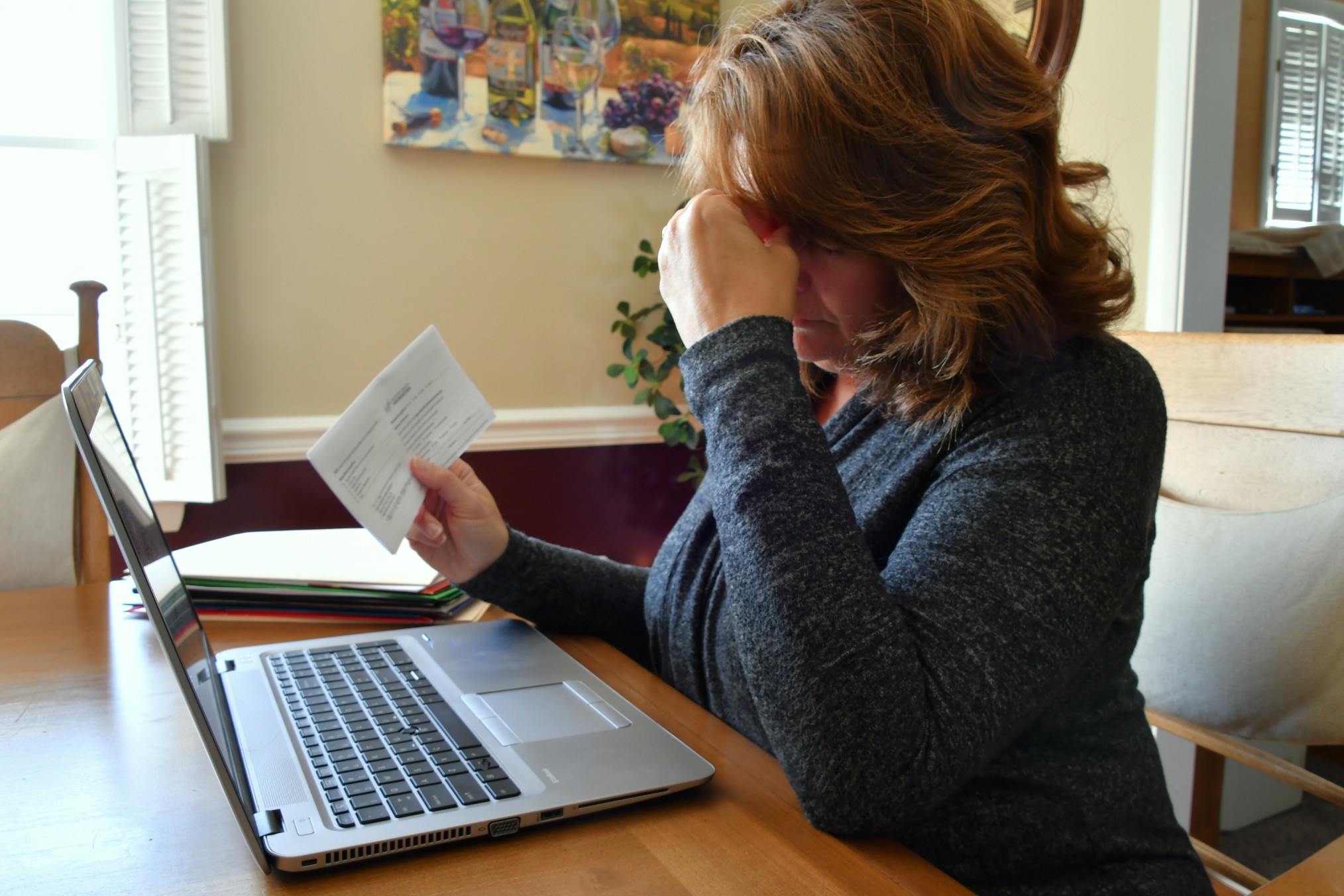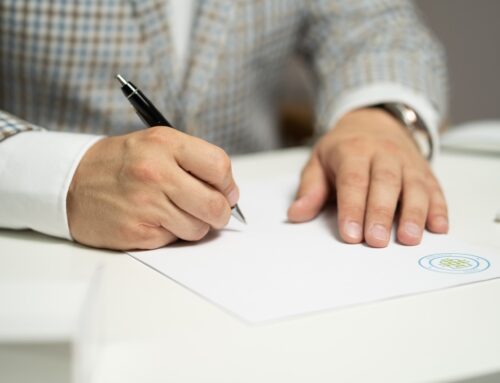For those individuals who are behind on debt obligations but have a steady income, Chapter 13 bankruptcy is a powerful resource. It allows people to restructure debts while under the protection of the bankruptcy court. (Read more about Chapter 13 here.) However, some individuals are not eligible for Chapter 13 bankruptcy due to having too much debt and not meeting the associated debt limit. This article will discuss the debt limits associated with this type of bankruptcy.

Before a creditor can take collection action regarding unsecured debts, they are required first to petition the court to obtain a money judgment against the debtor. A creditor with a money judgment has the right to take money from a bank account via a bank levy or paycheck wage garnishment. The lender may even be able to seize property, but debtors are protected in some instances. Most states, including Florida, allow the exemptions used in bankruptcy to limit the total amount a creditor can receive.
The Chapter 13 Debt Limit
To be eligible for Chapter 13 bankruptcy, individuals must prove they have less than $2,750,000 in total debt, which includes debt secured by collateral (such as a home mortgage or auto loan) and unsecured debt (such as debt from credit cards, medical bills, and personal loans). These numbers apply to all Chapter 13 cases filed between April 1, 2022, and March 31, 2025.
While $2,750,000 may seem like a high bar to meet, an individual, family, or proprietor of a small business may easily hold mortgages that climb over that threshold. An individual living in an area with a high-end real estate market like Sarasota, Siesta Key, or Longboat Key could have a mortgage of that amount, especially in a strong market.
Remember that other groups of creditors may hold ‘liens’ on personal property, which is significant because the lien is the instrument that initiates a secured debt. Purchases of jewelry, furnishings, appliances, and electronics made on credit are sometimes secured by the purchased property. Some creditors create a secured debt by establishing a lien on real property when the owner owes a tax obligation, student debt, or unpaid home repair invoice.
Although those filing for Chapter 13 can have some liens removed in the bankruptcy process, there are some that will not be removed. Speak with your bankruptcy attorney to better understand what you will owe and what liens remain.
Navigating the bankruptcy process can be complicated and overwhelming, but it is a lot easier with the help of an experienced bankruptcy attorney.
Richard V. Ellis is a Sarasota attorney specializing in bankruptcy and family law. He has helped thousands of area residents to get back on the road to financial freedom.




